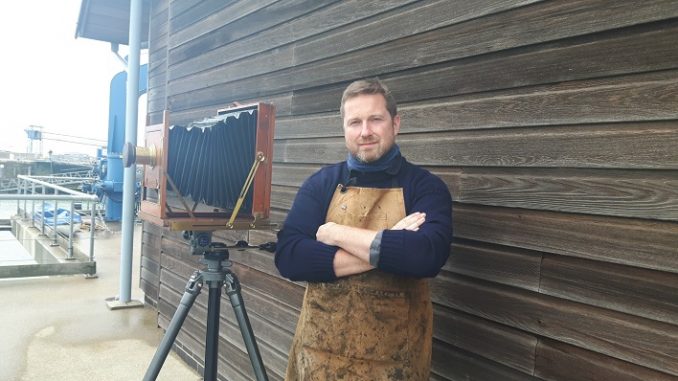
Ramsgate and Margate RNLI will be included in a unique book of photographs being created by the grandson of Dad’s Army actor Arthur Lowe.
Jack Lowe visited both stations this week as part of a project to chart life at all 238 RNLI sites across the country over five years.
The photographer, who is capturing all his images on a 1905 tripod camera using glass plates, is in year three of the Lifeboat Station Project.
By the end of it there will be a book of some 1,000 images all developed and mounted from the glass plate.
Jack, who lives in Newcastle upon Tyne, travels in Neena — his decommissioned NHS ambulance bought on eBay and converted into a mobile darkroom.
Childhood passions
Jack, who is a commercial photographer by trade, got his first camera at the age of 8 and joined the RNLI junior Storm Force when he was 11 so the project combines two childhood passions.
Former Minster primary pupil Jack said: “I spent a couple of years thinking about what I really wanted to do and these are both passions of mine since childhood.
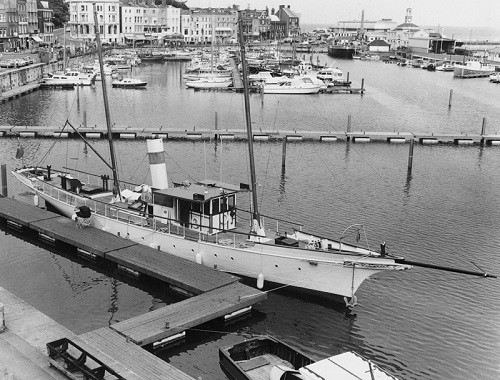
“I spent two or three years as a small child living on a boat in Ramsgate harbour. It is quite strange being back, I have memories of the bricks over the arches in Military Road, maybe they come from seeing childhood photos or maybe I was fascinated by them when I was looking up at them.
“My Dad is an experienced seafarer and introduced me to the wonders of lifeboats – these incredible, powerful pieces of kit designed for heroic, lifesaving missions on stormy seas.
“I brought my visit forward for Margate and Ramsgate due to the Dunkirk celebrations, both Margate and Ramsgate lifeboats took part in the rescue.
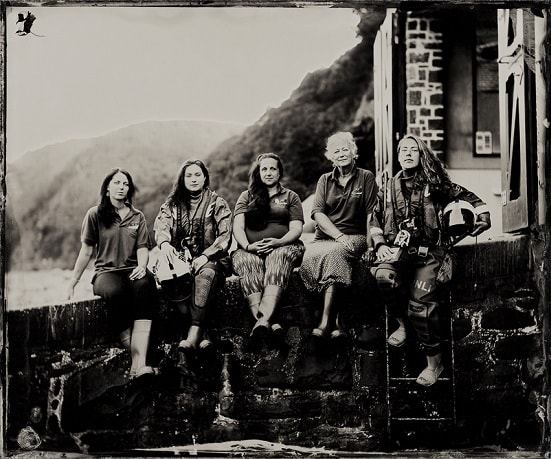
“The project has turned out to be so powerful, really engaging all the lifeboat volunteers who are a part of something that is special and historical.
Charting the lifeboats
“The main aim of the project is to produce one big book, maybe two, of photos from the lifeboat stations. There are at least 3 from each station with the lifeboat house view but also the scenes lifeboat crews are presented with when they go out on an emergency. There will be about 1,000 photographs.
“I’ve been photographing crews and talking to archivists. I’m using the camera and glass plates as I wanted to get back to photography as a physical object after working for many years to highest digital standards. When I was about 12 I converted my bedroom into a dark room for developing and that’s what I have gone back to so I can make these photographs really special.
“I’m using a photographic technique developed in the 1850s, around the time that the RNLI was incorporated under Royal Charter. The photographs are made directly onto glass plates known as ‘Ambrotypes’.”
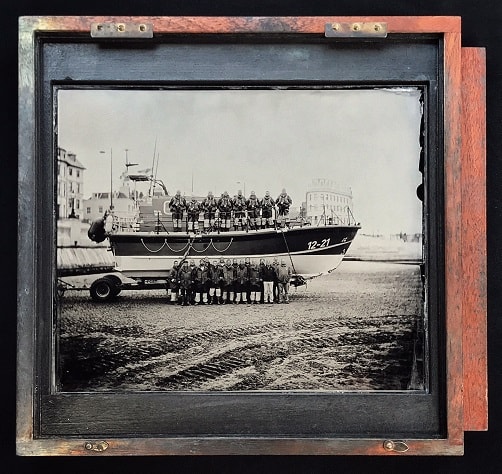
When Jack visits a lifeboat station, he makes the portraits using the Victorian camera and then develops the images in his mobile darkroom. The volunteer lifeboat crew members are able to step into the ambulance and watch as their portraits appear on the glass plates – an experience Jack says they find fascinating, and sometimes very moving.
Jack began drawing up plans for the project over two years before it began. He says he has always had an interest in the history of photography: “The word photography means drawing with light and that is how I think about it still. I adore photography in this very raw, basic form — light falling on chemicals. It really is magical – the final image is always a surprise, even to me.”
He added: “There’s a small global community of people interested in using these old techniques. Everyone works in their own way – and you’re always learning as you go along. The chemicals are the original formulae from the 1800s. It took me a long time to figure out the logistics of transporting and storing glass plates. I have a box made for each station that holds ten sheets of 12×10 inch glass. Then when I get them back to Newcastle I scan them, varnish them and then place them into storage.”
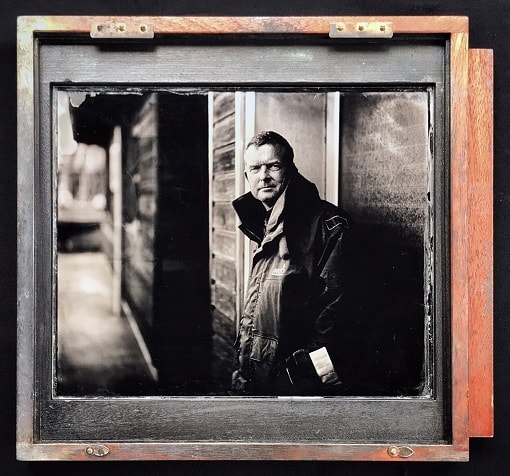
Jack, who met Ramsgate RNLI coxswain Ian Cannon (captured above) and his 17-year-old daughter Becky who is now also a crew member, has now headed to Norfolk for his next RNLI stop.
Follow Jack’s RNLI photographic mission on Instagram (@lordlowe), Facebook (fb.com/LifeboatStationProject), on Twitter (@ProjectLifeboat) or on the project’s dedicated site (http://lifeboatstationproject.com).
The Dunkirk evacuation
The Dunkirk evacuation, code-named was the evacuation of Allied soldiers from the beaches and harbour of Dunkirk, France, between 26 May and 4 June 1940, during World War II. Margate and Ramsgate went out with their own lifeboat crews to help the Royal Navy and the Little Ships in the rescue operation. Some 338,226 men were brought to safety by 800 boats ranging from the lifeboats to the Little Ships and British destroyers.
A film commemorating those events, and aimed and raising awareness of a younger generation about the events, is due out in July.
Dunkirk, which includes stars Kenneth Branagh, Tom Hardy and Harry Styles, also features the P22 gunboat that is currently berthed at Ramsgate but is soon expected to move to Sandwich.

